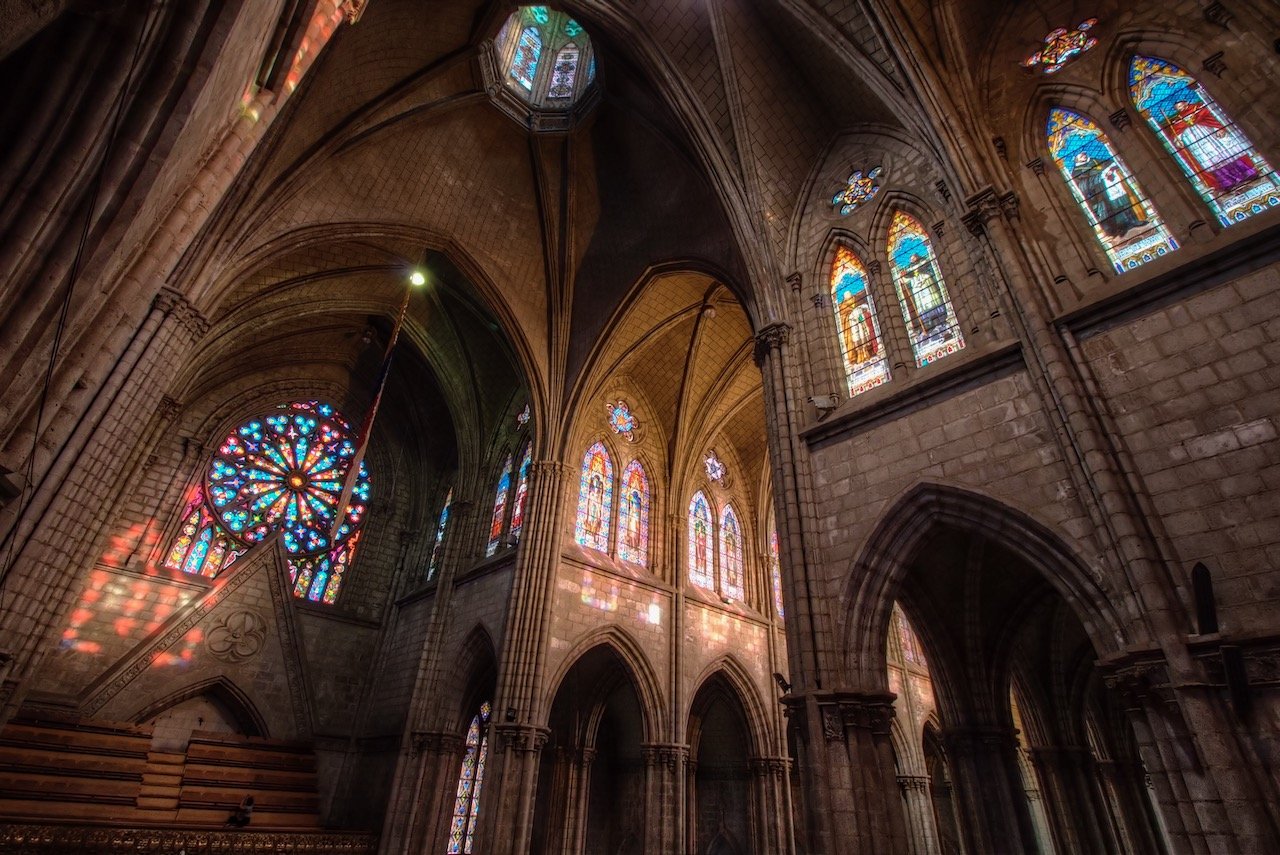Previous
Previous
The Churches of Iceland
Next
Next

Basílica del Voto Nacional, Quito, Ecuador (ISO 6400, 10 mm, f/11, 1/32 s)

Quito, Ecuador (ISO 800, 10 mm, f/11, 1/125 s)

Quito, Ecuador (ISO 800, 10 mm, f/11, 1/8 s)

Basílica del Voto Nacional, Quito, Ecuador (ISO 3200, 10 mm, f/11, 1/8 s)

Basílica del Voto Nacional, Quito, Ecuador (ISO 800, 24 mm, f/11, 1/128 s)

Quito, Ecuador (ISO 3200, 17 mm, f/11, 1/25 s)